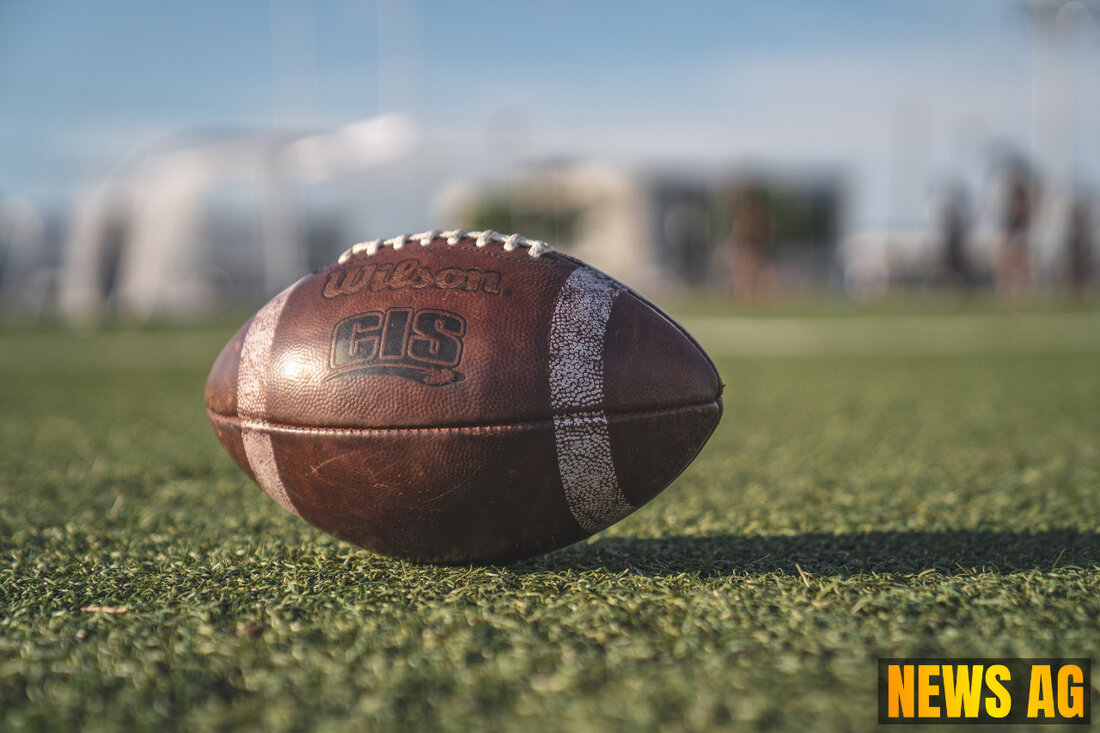NASCAR’s Bold Move: Amazon Prime Deal Sparks Fan Fury and Doubts!

Daytona Beach, USA - NASCAR is driving into a new era, and it’s turning heads—both from excitement and concern. Recently, Ryan Blaney clinched a victory for Team Penske at the Nashville Cup race, a triumph that set the stage for broader conversations in the racing community. The buzz, however, is more about NASCAR’s recent partnership with Amazon Prime Video for mid-season race broadcasts, sparking a healthy dose of controversy among die-hard fans.
The deal, valued at $7.7 billion over seven years, aims to attract younger viewers by prioritizing digital streaming over traditional broadcasts. While the average viewership for Prime broadcasts hovers between 2-3 million per race, comparable to Fox’s FS1, the potential alienation of existing fans raises eyebrows. As News-Journal Online highlights, many loyal followers feel disheartened by this shift, longing for the days when they could watch races without a digital paywall.
NASCAR’s Streaming Shift
This transformation began with the Coca-Cola 600, which marked a pivotal moment in NASCAR history by airing exclusively on Prime Video for the first time. With 2.72 million average viewers and peak viewership hitting 2.92 million, it quickly became Amazon Prime’s most-watched sporting event. However, the median age of viewers stood at 55.8, with only 800,000 adults aged 18-49 tuning in, a statistic that suggests an uphill battle in attracting a younger demographic Slicks and Sticks reports.
The Nashville race faced a 16% drop in viewership compared to the previous year, further amplifying concerns about the sustainability of this streaming strategy. As a result, many longtime fans have taken to social media to voice their frustrations, some even canceling their Amazon subscriptions altogether. There’s a palpable sense of betrayal among dedicated fans who feel pushed aside in favor of the next generation of viewers.
Historical Context and Future Prospects
NASCAR isn’t new to shifts in sponsorship and branding. The recent sale of Atlanta Motor Speedway’s naming rights to EchoPark is just one of many examples, indicating a long-standing pattern within the sport to seek lucrative partnership deals. Historically, names like Lowe’s Motor Speedway have highlighted this evolving landscape of sponsorships where the highest bidder often wins the day, as pointed out in News-Journal Online.
Looking ahead, NASCAR’s Senior VP, Brian Herbst, draws parallels between their streaming journey and the NFL’s successful adaptation to Amazon’s Thursday Night Football. NFL viewership has climbed from 9.6 million to 13.2 million over recent seasons, raising hopes that NASCAR could follow suit, particularly with younger fans who are more accustomed to streaming services, as discussed in Sports Media Watch.
Ultimately, NASCAR finds itself at a crossroads. The challenge will be balancing innovation—appealing to new audiences—with the need to maintain loyalty among its longtime fanbase. Without a solution, the roaring engines of NASCAR might not be enough to keep its traditional supporters engaged as they zoom into the digital age.
| Details | |
|---|---|
| Ort | Daytona Beach, USA |
| Quellen | |
